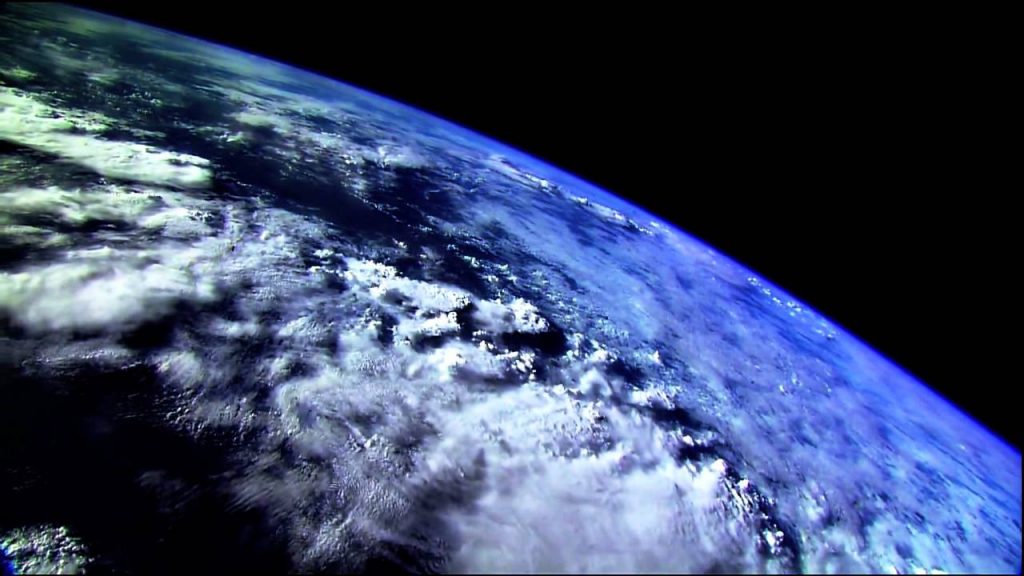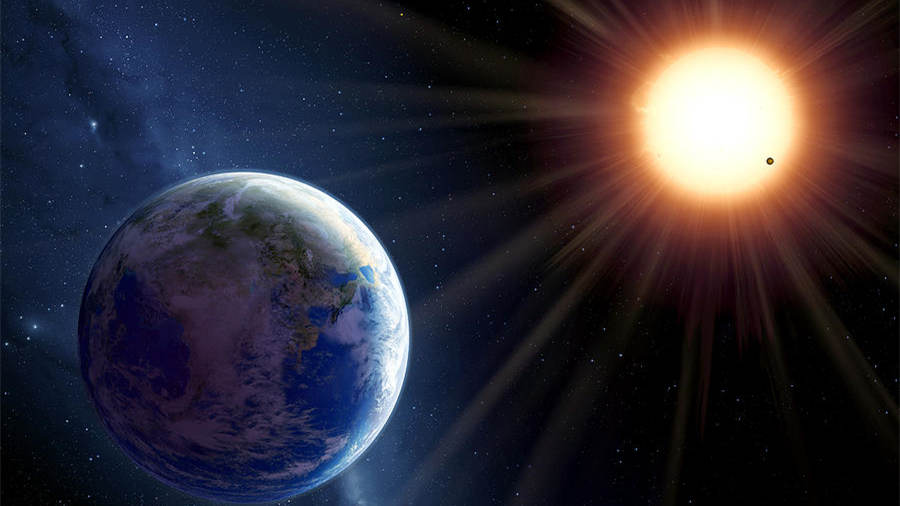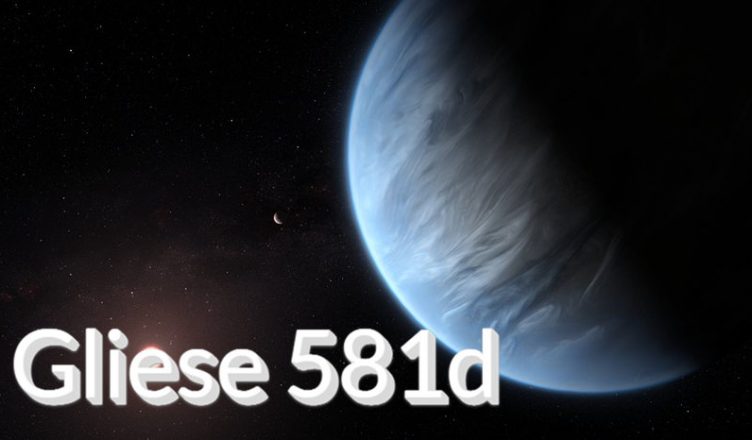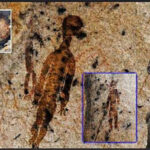Gliese 581d is an exoplanet that orbits around the constellation Libra, and it is located at a distance of 20.5 light-years from Earth. Initially, humans had limited knowledge about this planet and hadn’t conducted extensive research. In 2010, American scientists received signals from this planet. However, after analysis, these signals were determined to be noises generated by the motion of other celestial bodies and not signals emitted by the planet itself. This led to doubts about the existence of this planet.
This planet has a significant mass, about eight times that of Earth, earning it the nickname “super-Earth.” Astronomers conducted prolonged observations of this planet, using various technologies, and the results indicate that this planet may have liquid water and the potential for life to exist.

Here are some key characteristics of Gliese 581d:
- Planet Type: Gliese 581d is an exoplanet that orbits the red dwarf star Gliese 581.
- Distance from Earth: It is located at a distance of approximately 20.5 light-years from Earth.
- Mass: Gliese 581d has a mass approximately eight times that of Earth and is considered a super-Earth or mini-Neptune.
- Discovery: The planet was discovered in 2007 by astronomers from the Geneva Observatory in Switzerland using the High Accuracy Radial Velocity Planet Searcher.
- Radial Velocity Method: The mass and size of the planet were determined using the radial velocity method, which measures the gravitational influence of the host star’s orbit.
- Mass Estimation: The motion of the parent star Gliese 581 suggests that the mass of Gliese 581d is at least 8 times that of Earth. Assuming that the planetary orbits in the Gliese 581 planetary system are coplanar, dynamic simulations show that as long as the mass of Gliese 581d exceeds 1.6 to 2 times its minimum mass, the planetary system cannot maintain a stable orbit. Therefore, the mass of Gliese 581d should not exceed 13.8 times that of Earth.
- Habitable Zone: Initially, scientists believed that Gliese 581d’s orbit was outside the habitable zone. However, subsequent research confirmed that it is indeed located within the habitable zone, indicating the potential existence of liquid water and the possibility of supporting life.
- Potential Climate: According to theoretical greenhouse effects, the climate conditions on Gliese 581d could support the existence of liquid water, which is a positive factor for the presence of life.
- Gliese 581e: The European Southern Observatory announced the discovery of Gliese 581e in 2009, providing more precise measurements of Gliese 581d’s orbit, confirming its location within the habitable zone.
- Communication: Scientists and artists have attempted to communicate with Gliese 581d. In 2008, messages were sent using the RT-70 radio telescope of the Ukrainian National Space Agency, with an expected arrival near Gliese 581’s system around 2029. As part of Australia’s National Science Week, Cosmos magazine collected messages from 195 countries and transmitted them to Gliese 581d in 2009.
Confirmed Existence! Gliese 581d Planet Revives Search for Extraterrestrial Life
According to a report from the Hong Kong Wen Wei Po in March 2015, a recent British study has confirmed that the mysterious signals previously detected by astronomers indeed originate from the Earth-like planet “Gliese 581d.” The report suggests that this research not only offers hope for the discovery of alien life but also makes this planet a candidate for future human space migration.
As reported, astronomers discovered a planet named “Gliese 581d” a few years ago, located approximately 20 light-years from Earth. This planet boasts conditions similar to Earth, making it an encouraging prospect for the scientific quest for “cosmic life.”
Although the existence of “Gliese 581d” faced skepticism last year, a recent British study has now confirmed that the mysterious signals previously detected by astronomers indeed originate from this Earth-like planet.
“Gliese 581d” was first discovered in 2007, and it is one of the planets orbiting the red dwarf star “Gliese 581.” It has an orbital period of around 67 days. In 2010, scientists detected mysterious signals that were suspected to come from “581d.” However, a study published by the University of Pennsylvania in the United States last year dismissed these signals as noise generated by stellar magnetic bursts, concluding that “581d” and its sister planet “581g” do not actually exist, disappointing astronomy enthusiasts.

Nonetheless, scientists from the University of London’s Queen Mary College and the University of Hertfordshire have recently refuted the “noise” explanation, arguing that the University of Pennsylvania’s research had “insufficient data analysis.” They claim that the techniques used by the other team were only suitable for identifying large planets and could easily overlook smaller planets like “581d.” British scientists assert that they have employed more accurate models based on existing data, demonstrating the actual existence of “581d.” This report was published in the journal “Science.”
“581d” is the first planet where scientists have discovered an Earth-like environment in the habitable zone outside our solar system. It is about twice the size of Earth and is estimated to be around seven times its mass. Given its proximity, being just 20.3 light-years away from Earth in cosmic terms, it can be considered a “stellar neighbor” to our planet. Furthermore, its surface conditions are neither too hot nor too cold, allowing for the existence of liquid water, thus providing the necessary conditions for supporting life. This discovery not only aids scientists in their search for extraterrestrial life but also raises the possibility of it being suitable for future human colonization.
Potential for Relocation to Gliese 581d Analysis:
1. Located in the Habitable Zone: According to the research, Gliese 581d is positioned within the habitable zone of its parent star, at just the right distance to allow for the existence of liquid water. This is a crucial condition for supporting life, as water is the foundation of life. Additionally, it receives moderate solar radiation from its parent star, which is favorable for the potential existence of life.
2. Earth-Like Features: Studies suggest that Gliese 581d shares some key Earth-like characteristics, such as the potential presence of extensive oceans, clouds, and rainfall – all indicative of supporting life. Solar energy can provide the necessary energy for photosynthesis, which is vital for maintaining an ecosystem.
3. Dense Carbon Dioxide Atmosphere: The research assumes that Gliese 581d has a dense carbon dioxide-rich atmosphere, crucial for maintaining temperatures, especially due to the planet’s larger mass. Greenhouse gases in this atmosphere can partially retain solar radiation, thus keeping the planet warm and conducive to life.

4. Solar Energy Source: Gliese 581d receives solar energy from its red dwarf star, Gliese 581. Although it receives only about a third of the solar energy Earth does, it can still provide sufficient energy to sustain ecosystems and maintain temperatures, making solar energy a potential source of power for life on the planet.
5. Massive Size: Gliese 581d is approximately eight times the mass of Earth, earning it the nickname “Super-Earth.” This large mass could affect its gravitational forces and might influence surface conditions and climate differently from Earth.
6. Relationship with Gliese 581g: In the Gliese 581 star system, another planet of interest is Gliese 581g, which is about three times the mass of Earth and positioned within the habitable zone. However, the existence of Gliese 581g remains a subject of controversy. The relative positions of Gliese 581d and Gliese 581g might impact their climates and potential for life.
7. Greenhouse Effect: The research team suggests that a strong greenhouse effect could potentially warm Gliese 581d enough to support liquid water, even though it is distant from its red dwarf star. This is because greenhouse gases in the atmosphere can capture and redistribute energy, warming the planet’s surface.
8. Limits of Space Exploration: Currently, due to technological constraints, humans cannot directly reach Gliese 581d. It would require the development of new advanced telescopes to directly detect and characterize its atmosphere. Achieving this could take several years as it involves overcoming significant technical challenges.
END:
In conclusion, although Gliese 581d is situated at a considerable interstellar distance, its location within the habitable zone and solar energy reception, along with its Earth-like characteristics, provide promising features for supporting life. However, determining its suitability for human colonization will require further research and observation. Scientists will need to directly examine its atmosphere to gain more certainty, and relocating to Gliese 581d might involve addressing numerous technological and resource challenges, making it a long-term endeavor. Nevertheless, this research deepens our understanding of extraterrestrial life and habitable planets.
More UFOs and mysterious files, please check out our YouTube channel: MysFiles
Mysterious Stone Spheres around the world – Costa Rica, European forest, Russia, Kazakhstan









